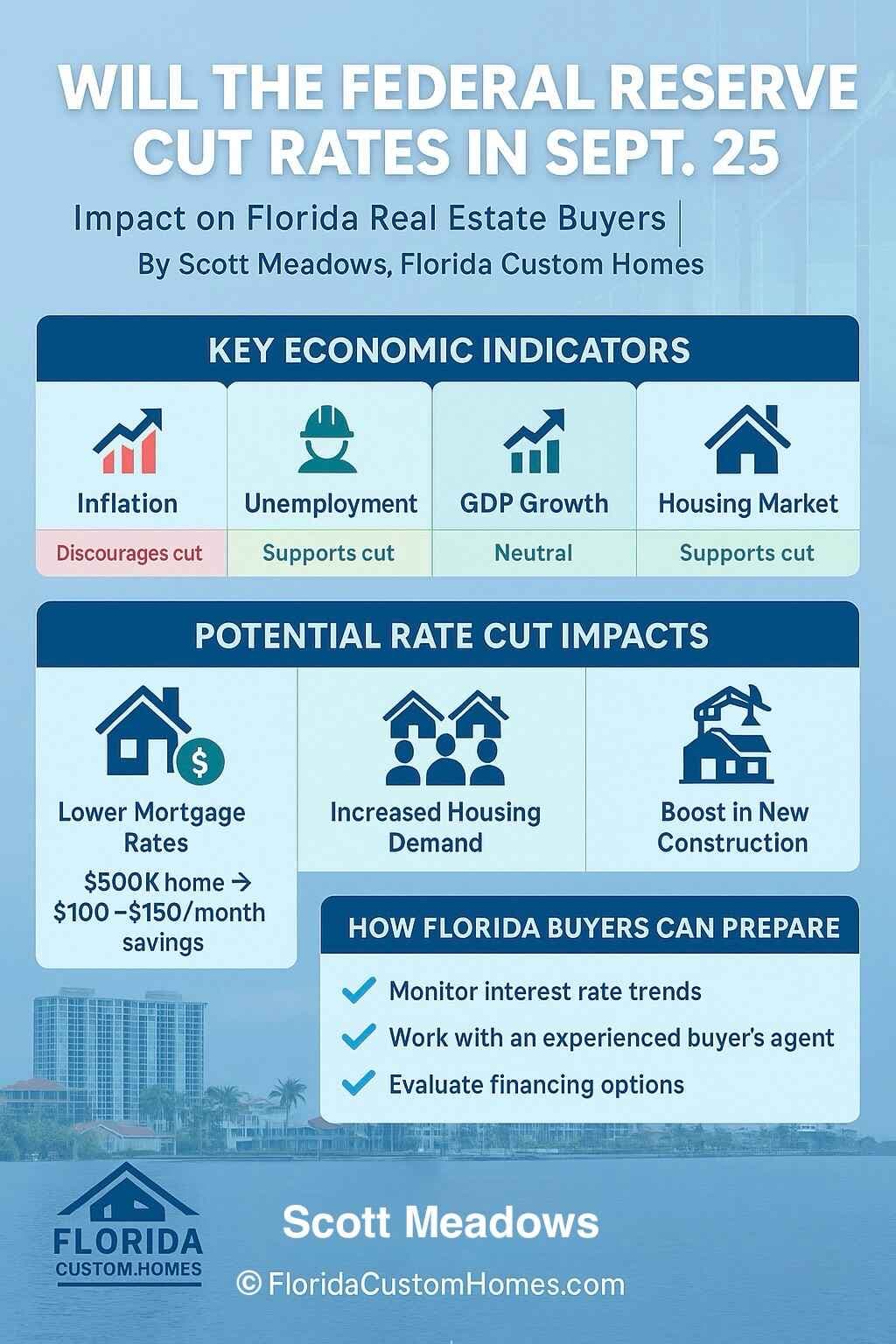October 29, 2025 Fed Rate Cut Fails to Stir Private Equity as Move Was 'Priced In'

The private equity market remained largely unchanged following the Federal Reserve's recent interest rate reduction on October 29, 2025, suggesting that the move was widely anticipated by investors. Financial analyst Ben Carlson observed that private equity valuations showed no significant reaction to the announcement. "Private equity had the rate cut priced in," Carlson stated in a social media post, adding, "All of the PE marks I'm looking at are flat on the day."
This 25-basis-point reduction marked the second rate cut by the Federal Reserve in 2025, bringing the target range down to 3.75%-4.00%. The central bank's shift towards an accommodative monetary policy aims to support a cooling economy amidst signs of a softening labor market and moderating inflation. While the broader market had largely factored in this decision, the Fed's ongoing guidance will be crucial for future market trajectories.
Interest rate cuts typically benefit private equity by making debt financing cheaper, which is vital for leveraged buyouts. Lower borrowing costs can improve cash flow for portfolio companies, potentially enhancing valuations and stimulating increased deal activity and exit opportunities. Experts often note that such rate reductions can reinvigorate exit markets, which have faced challenges in recent years.
However, the lack of immediate market movement in private equity reflects a common phenomenon where anticipated policy changes are already incorporated into asset valuations. According to wealthmanagement.com, "since interest rate cuts have been expected for some time, the market has likely already priced in those." This forward-looking behavior means that while the fundamental conditions for private equity may improve, the market's reaction to the official announcement can be muted.
As the Federal Reserve continues its easing cycle, the long-term impact on private markets is expected to be positive, fostering deal activity and providing greater liquidity. The pent-up demand for exits, which dwindled during periods of higher rates, is projected to drive significant transactions through the end of 2025 and into 2026. This anticipated resurgence will be closely watched by investors and industry participants.